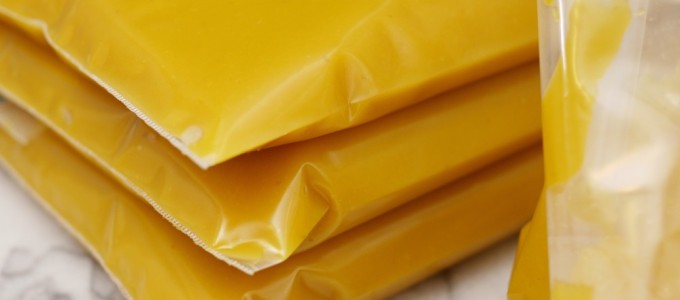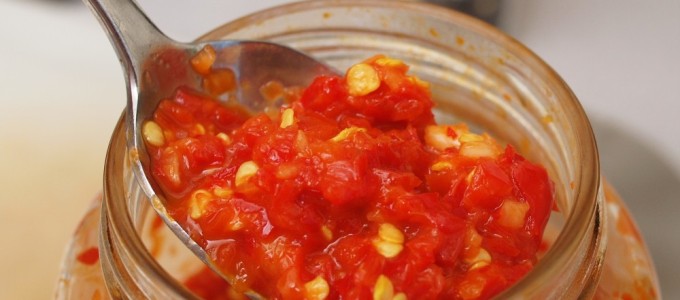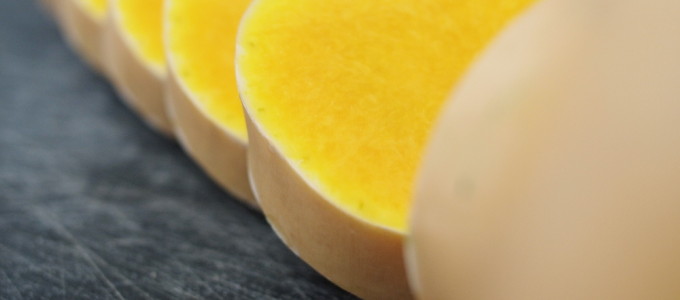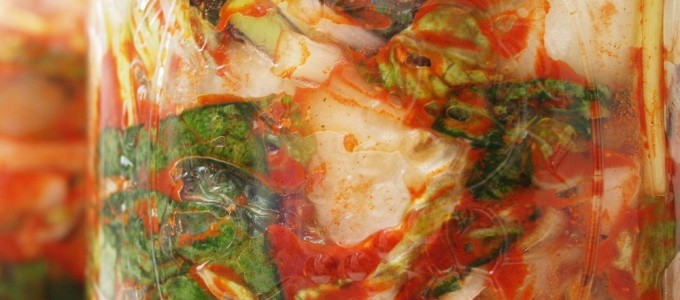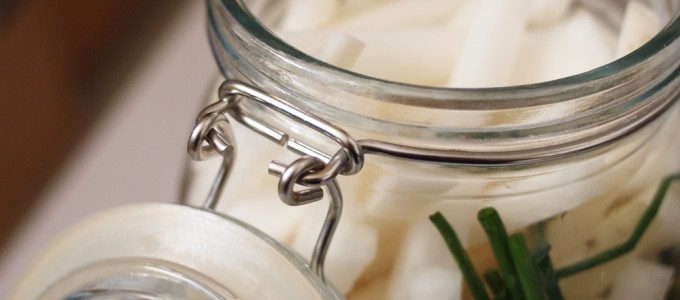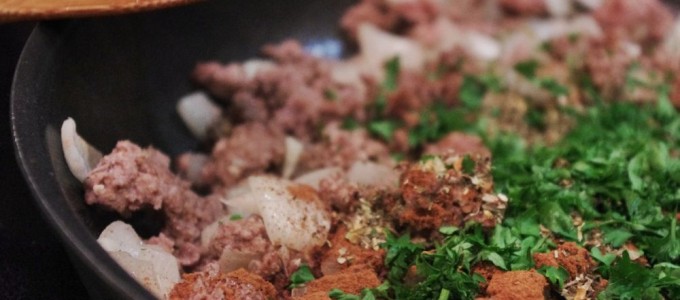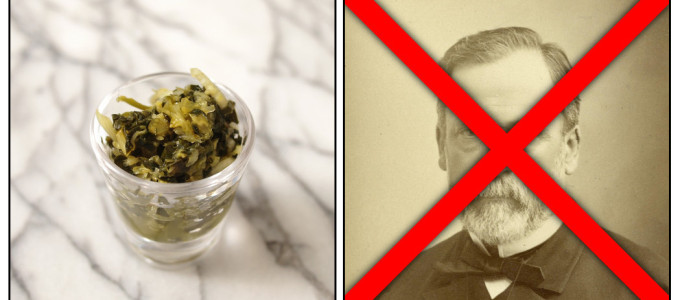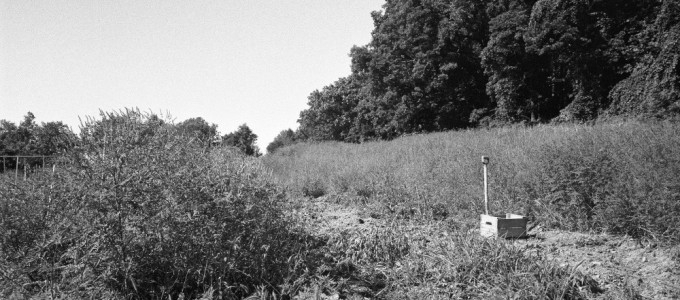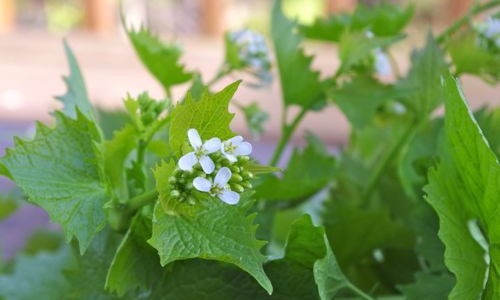Pumpkin pie, dear readers, is one of my favorite autumn treats. But suspect squash purée, excavated from a sealed tin can labelled with a happy turkey, or a beaming grandmotherly face, or some other graphic designed to distract from the disturbing vagueness and small print of the tin’s actual ingredient list is a thing I find somewhat less agreeable. I’ve mentioned here before that dairy — like sweetened condensed milk — that is designed to be stored at room temperature disturbs me. And pumpkin glop is another one of those things that fits into the same general category in my mind.
Luckily, there is a way to produce squash purée that does not involve a can opener. And while it admittedly takes more time, it is hardly an arduous task.
